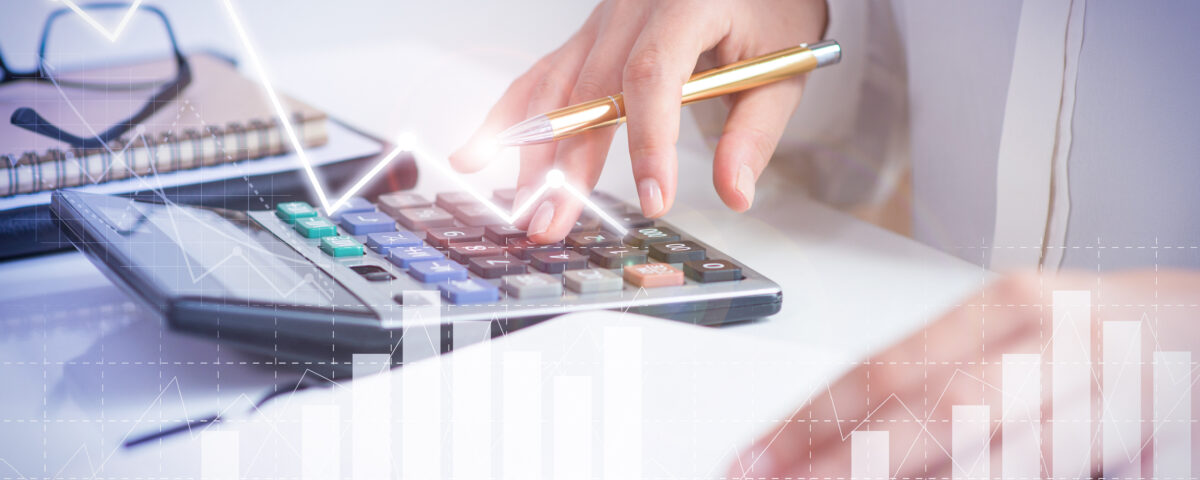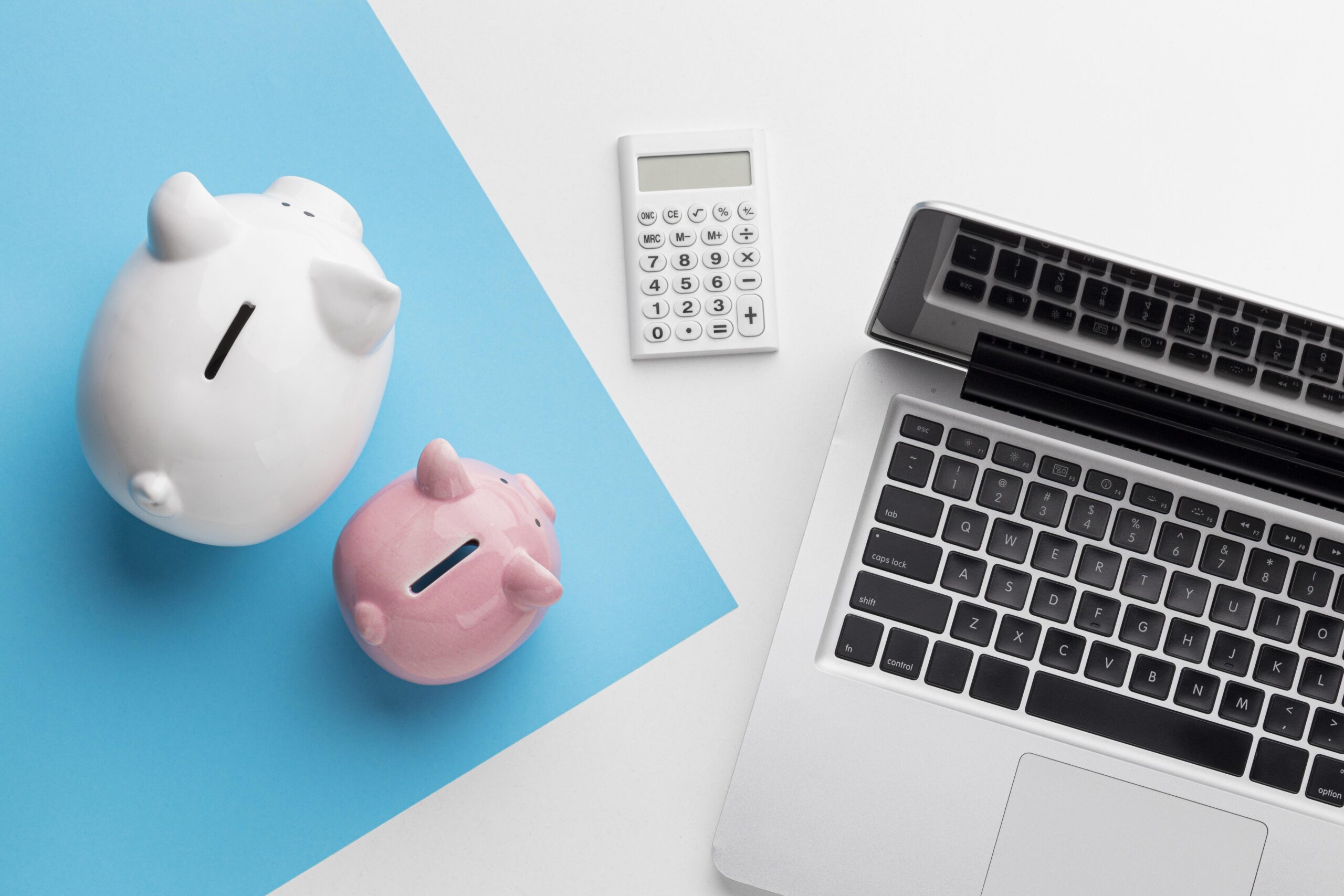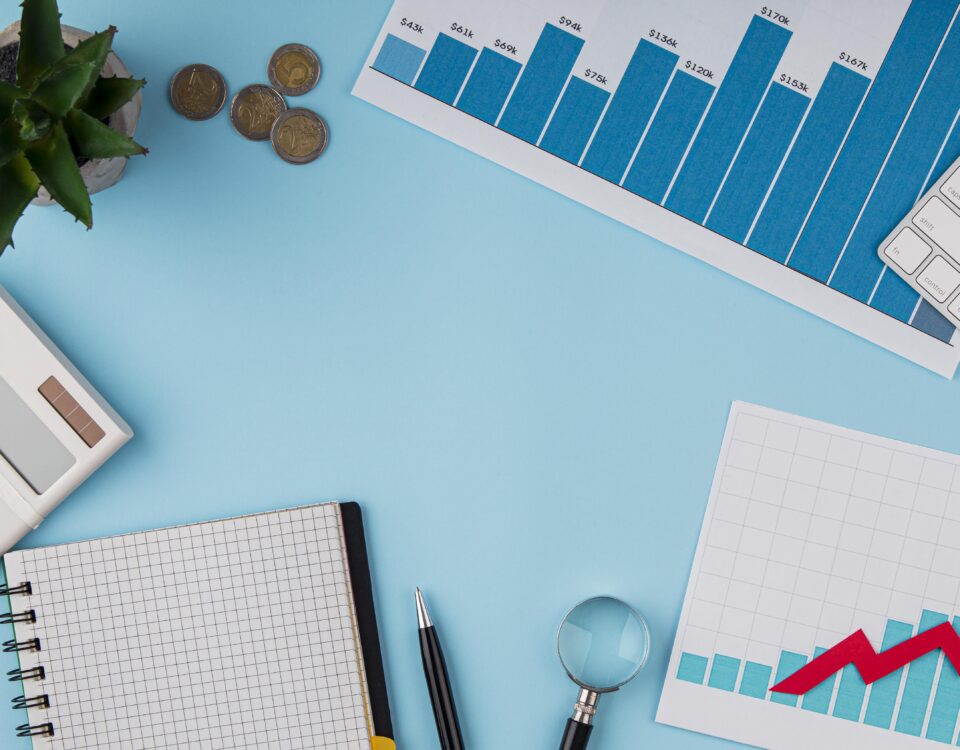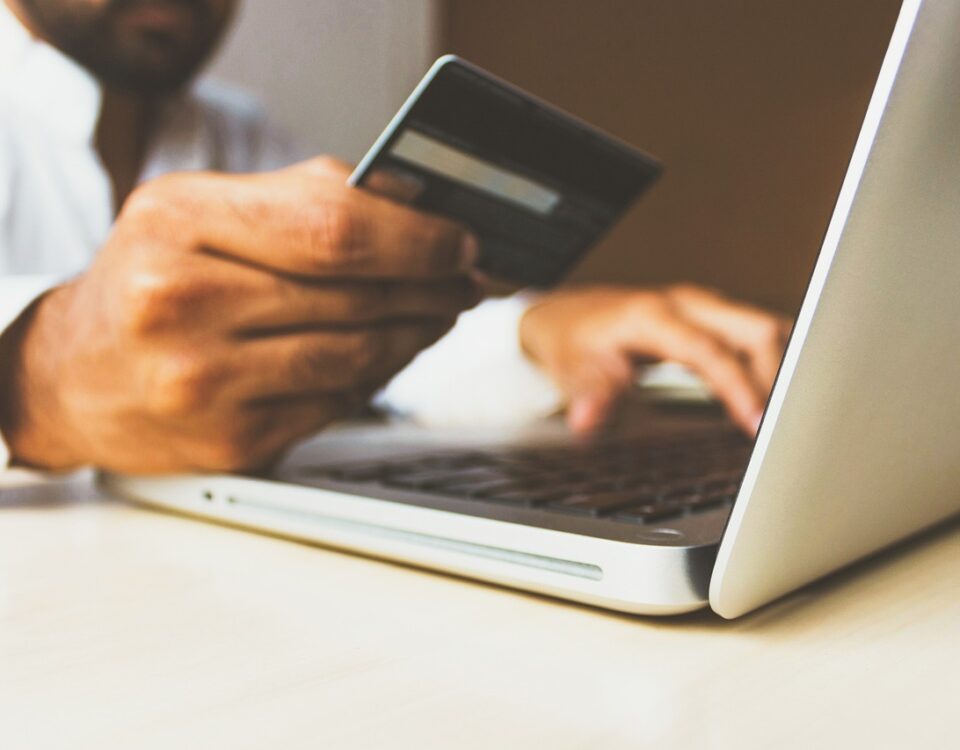The Credit Stress Report 2022 Q2 is out

The Credit Stress Report 2022 Q1 is out
September 12, 2022
The Credit Stress Report 2022 Q3 is out
June 22, 2023
Accountant calculating profit with financial analysis graphs. Notebook, glasses and calculator lying on desk. Accountancy concept. Cropped view.
Eighty20 and XDS Credit Bureau have partnered to bring you the quarterly Credit Stress Report.
This quarterly report highlights the impact of economic forces on the South African consumer, with a particular focus on consumer credit behaviour.
The main story in Quarter Two was surging inflation, internationally and at home. With a 50 basis point increase in the repo rate in May, followed by a 75 basis point increase in July, consumers have seen the most dramatic negative shift in the credit space in two decades.
This was exacerbated by the petrol price breaking through the psychological barrier of R20 per litre at the start of the year, and the knock-on effect on product inflation. We unpack where that impact will be felt by different consumer segments.
Repo rate and the cost of credit
The repo rate is the rate at which the Reserve Bank lends money to banks. Because other lending and interest rates are linked to the repo rate, a hike in the repo rate results in the interest rate on your home and vehicle loan increasing.
Up until the pandemic, South Africans have enjoyed stability in their lending rates in the nearly 15 years since the global financial crisis in 2008. In that time, there have only been two repo rate increases greater than 25 basis points, with the repo rate moving around a 5-7% band since 2009. In the past year, the Reserve bank has raised the repo rate five times, a full 200 basis points, which is alarming in the context that it only has six opportunities to change the rate every year.
“For those with retail credit, these increases are unlikely to have much effect since the maximum allowable interest rate for a retail credit facility is 17.5% per annum. Most stores already charge this rate on their credit accounts,” says Andrew Fulton, Director at Eighty20.
For unsecured loans or credit cards, it is a similar story. As there are no assets attached to a personal or unsecured loan, the interest is already much higher than the rates charged on a mortgage or car loan. Most personal loans and credit cards have a fixed interest rate, with the NCR determining the maximum a lender can charge.
For those with mortgages or car loans, however, the increases have definitely been felt. With the prime lending rate moving from 7% to 9% since this time last year, and most of these types of loans carrying a floating interest rate linked to the prime interest rate, mortgage and vehicle asset finance holders will be paying significantly more on their instalments coming out of Covid.
“To put that in perspective, a homeowner who purchased a R2 million property (with a R250,000 deposit) this time last year when the prime lending rate was 7% would have a monthly repayment of R13 568. At the current rate, this homeowner’s instalment would be R15 745, an increase of more than R2 000 per month and about half a million rand over the course of a 20-year loan,” Fulton explains.
The Petrol price and the cost of commuting
Visually, one of the most impactful signs of the current economic situation is the constantly increasing price of petrol displayed at any petrol station. The price of petrol averaged R22.66 per litre in Q2 after breaking through the psychological barrier of R20/litre in the previous quarter.
With consumers paying R250 more in August to fill up their VW Polo than they did at the beginning of the year, consumers will likely be travelling less and as a result spending less on entertainment and other discretionary categories.. There will also likely be a noticeable downshift from more expensive luxury items to value products and disposable income decreases.
For those without cars, who rely on taxis to commute, the National Taxi Alliance has proposed a possible fare hike of between 25% and 30% due to surging petrol prices.
The impact of these forces on product inflation
The increase in fuel costs, coupled with supply chain issues coming out of Covid (compounded by the Russia-Ukraine war) have created a perfect inflation storm that most people feel every time they go out for a meal, or pay for their groceries.
Because of the nature of these multiple variables affecting the price of consumer goods, inflation rates differ dramatically from item to item, as illustrated in the table below.

Though South Africans have seen a significant petrol price decrease in the first week of September 2022, it will be some time before this trickles through to decrease the cost of consumer products and services. In addition, with only one more opportunity to make changes to the repo rate this year, it’s unlikely that financial pressure will be relieved in the immediate future.



